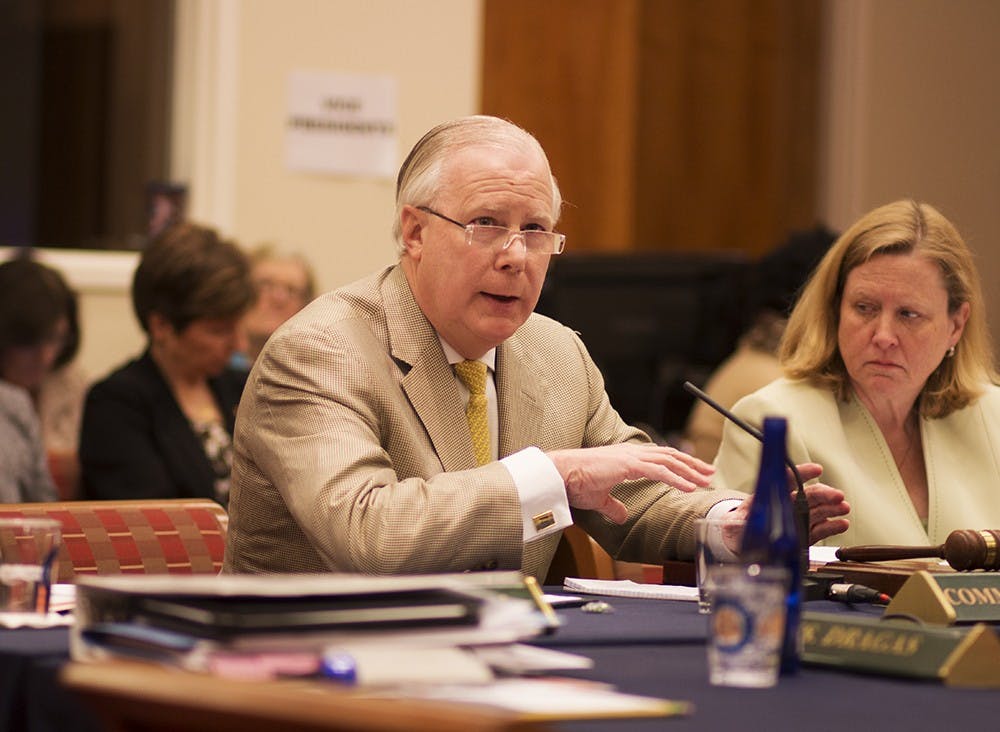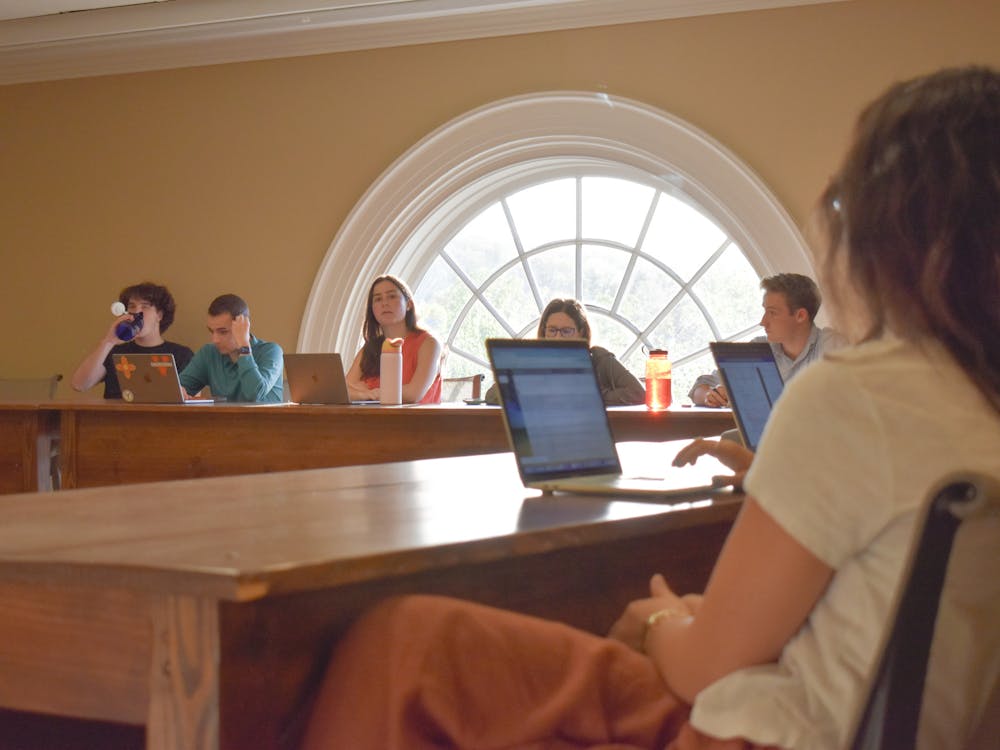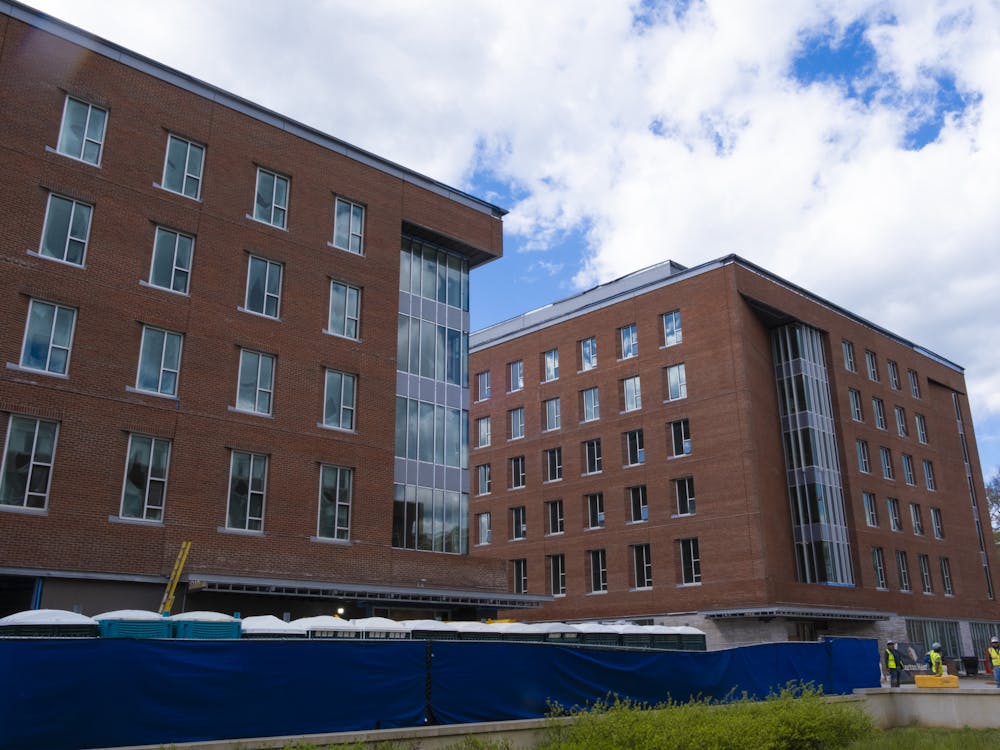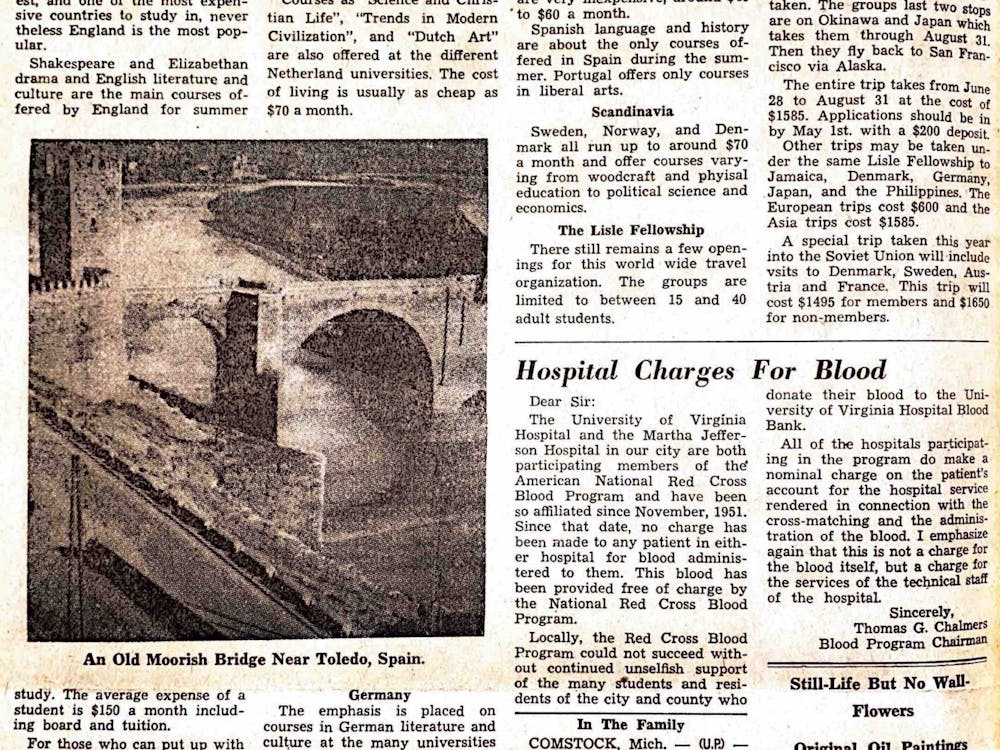University President Teresa Sullivan discussed the U.S. Department of Education’s proposed rating system for institutions of higher education with members of the Board of Visitors Educational Policy Committee Tuesday.
“For two years, the Obama administration has been working on a rating system for all colleges and universities,” Sullivan said. “Their goal is to increase transparency and improve access to higher education.”
The rating system will measure the performances of institutions on metrics related to access, affordability and outcomes, and subsequently assign them to broad categories, which will highlight significant success and weakness. This information is intended to help prospective undergraduate students choose schools which provide the best value.
Sullivan responded to U.S. Secretary of Education Arne Duncan’s request for commentary from universities on the system with recommendations for improvements in key areas of institutional grouping, data, ratings categories and performance metrics.
The Department is planning to group the institutions into two-year and four-year schools for comparison purposes.
“Two-year and four-year is a rather clumsy set of categories,” Sullivan said. “We have the Carnegie Classification of Institutions which I suggested as an alternative because it recognizes institutional differences such as different missions and student populations.”
Sullivan said the administration made a number of suggestions to the DOE on how the system could be improved. Among the suggestions are utilizing data resources from a diverse range of institutions, presenting the scores in a beneficial way to prospective students and ensuring the data is taken over a long period of time.
She noted the change in higher education institutions during the course of the 2008 recession, as it affected the stability and quality of their operations.
“American institutions looked different in 2009 as a result of the recession in 2008 than they did five years later,” Sullivan said.
The University is likely to perform well on many of the proposed metrics, including the percentage of Pell recipients, percentage of first generation students, completion rates, loan performance outcomes and labor market success, she said.
Sullivan also said the University is making an effort to attract Pell recipients and first generation students.
“13.2 percent of U.Va. undergraduates [receive Pell], and this number has nearly doubled since we began AccessUVA,” Sullivan said. “This application class just in, we had a 12 percent increase in first generation applicants.”
At 94.1 percent, the University’s most recent six-year graduation rate is the highest of all public institutions in the nation. Its 1.7 percent loan default rate is much lower than the national average for four-year public institutions (8.9 percent) as well as the average for all institutions in Virginia (10 percent). Additionally, its graduates’ average mid-career salary is $99,300 — the 68th highest out of over 1,000 four-year institutions across the nation.
Despite the strong standing these data would indicate, Sullivan expressed concern that the labor market success metric does not account for the importance of service to University graduates.
“In 2012, we had 69 alumni working for the Peace Corps and we were one of the top 10 institutes for Teach for America,” Sullivan said. “We also produce students both from ROTC and from other programs who go on to the military, valuable service that is not compensated as well as the common civilian occupation. I’ve asked the Department of Education not to provide a disincentive to college graduates to pursue these service occupations.”
During the meeting, the committee also heard a briefing from Phil Parrish, interim vice president for research at the University. Parrish discussed the University’s new partnership with the Max Planck Institute for Chemical Energy Conversion.
“Students and faculty will be traveling to Germany to work in these labs from time to time in collaboration with scientists there,” Parrish said. “They will have access to those scientists and also to instrumentation that is just not available in many locations in the world.”
Parrish said the Max Planck Insitute chose to partner with the University because of the reputation of its faculty.
“We are able to achieve this partnership based on the very high quality of our faculty in the fields that are involved,” Parrish said. “The program was key to the retention of one of these faculty.”





